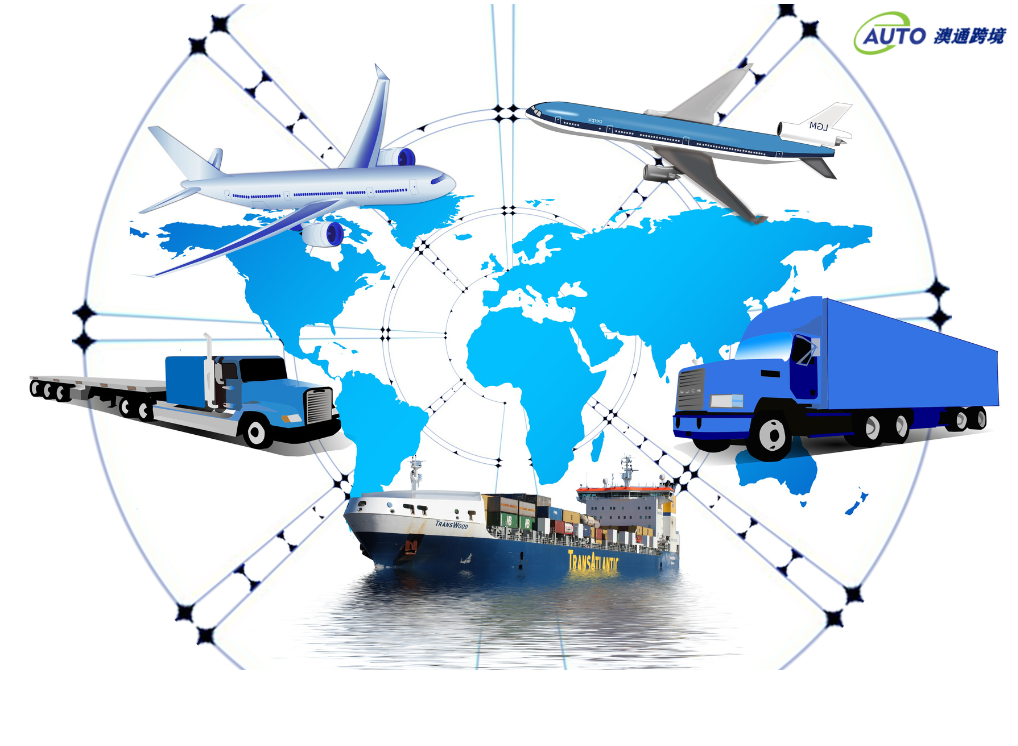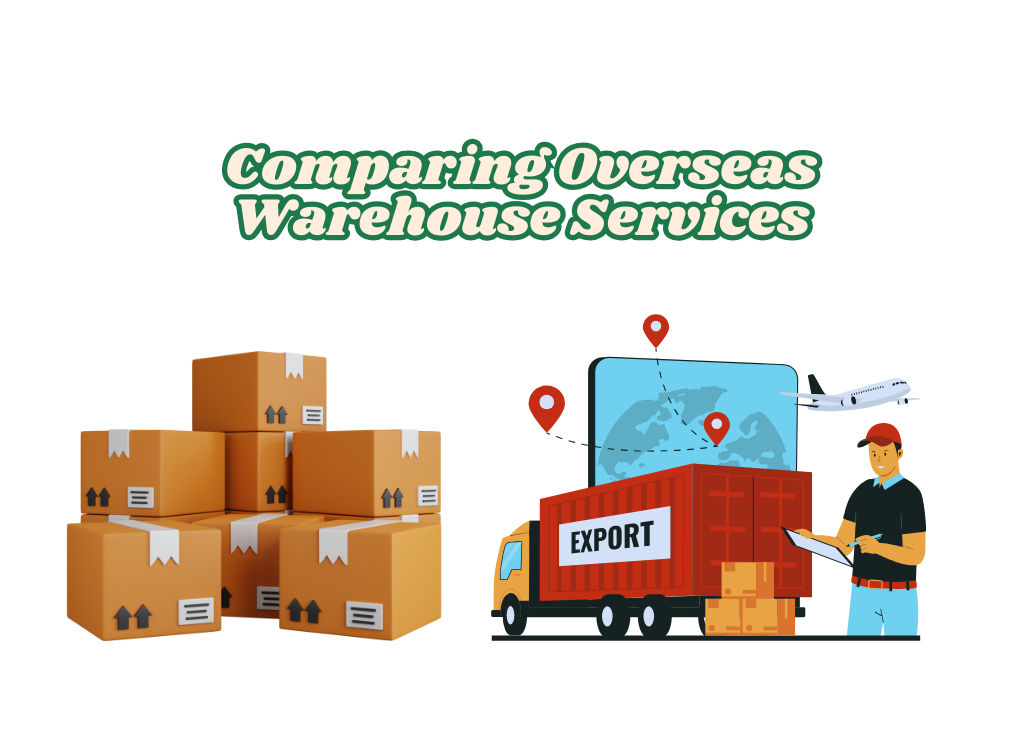FBA LCL Quote
FBA 40HQ FCL Quote
As an e-commerce seller utilizing Amazon FBA (Fulfilled by Amazon), understanding the differences between Full Container Load (FCL) and Less than Container Load (LCL) is crucial for optimizing your shipping costs. Let's explore how these two shipping methods differ in terms of logistics costs during the initial phase of the FBA process.
The Basics of FCL vs LCL
FCL means having an entire shipping container dedicated to your goods, while LCL involves sharing container space with other shippers' products. The key distinction lies in the cost structure: FCL typically offers better per-unit rates for large shipments, while LCL provides more flexibility for smaller shipments, albeit at a potentially higher per-unit cost.
Logistics Costs for FCL vs LCL: What You Need to Know
Full Container Load (FCL)
When opting for FCL, you're investing in an entire container. The efficiency of this choice becomes apparent as container utilization increases.
Cost Efficiency: The correlation between volume and cost-effectiveness is straightforward - higher container utilization leads to lower per-unit costs. For instance, utilizing 80% of a 40-foot container distributes costs more efficiently across your inventory.
Predictable Costs: FCL offers more stable cost structures. Once you've secured your container rate, additional fees are typically limited to standard port charges.
Less than Container Load (LCL)
LCL provides flexibility but comes with its own cost considerations. Since you're sharing space, the pricing structure differs significantly from FCL.
Higher Cost Per Unit: LCL pricing is based on the specific space your goods occupy, which often results in higher per-unit costs for smaller shipments.
Frequent Additional Charges: LCL shipments typically incur extra fees for handling, storage, and port operations, as your goods require additional processing within shared containers.
More Flexible for Smaller Shipments: LCL enables efficient shipping of smaller quantities without paying for unused container space.
Key Factors Influencing Costs
Several critical factors affect your choice between FCL and LCL:
Volume of Goods
FCL: Greater volumes translate to enhanced cost efficiency
LCL: Optimal for smaller shipments despite higher per-unit costs
Destination and Port Fees
FCL: More stable costs with standardized container handling fees
LCL: Higher handling charges due to goods separation requirements
Transit Time
FCL: Typically faster with dedicated container priority
LCL: Longer transit times due to consolidation requirements
Risk Management
FCL: Reduced handling means lower damage risk
LCL: Slightly higher risk due to shared space and increased handling
When to Choose FCL or LCL
Optimal Scenarios for FCL:
Large volume shipments
Time-sensitive deliveries
Need for predictable costs
Ideal Conditions for LCL:
Smaller quantity shipments
Flexible delivery timeline
Ability to manage additional handling fees
How to Optimize Your FBA First Leg Logistics Costs
Consider these optimization strategies:
Scale up order quantities when feasible to leverage FCL benefits
Partner with experienced freight forwarders
Account for transit times in inventory planning
Secure appropriate insurance coverage
FAQs
What are the main costs associated with FCL shipments?
Primary costs include container rental, port handling fees, and destination warehouse transportation.
Why is LCL more expensive per unit than FCL?
LCL's higher per-unit costs stem from space allocation pricing and additional handling requirements.
Can I ship small quantities via FCL?
While possible, it's typically not cost-effective unless you're utilizing a significant portion of the container.
Is LCL slower than FCL?
Yes, due to additional handling requirements and consolidation processes.
Conclusion
Your choice between FCL and LCL should align with your shipment volume, budget constraints, and timing requirements. FCL generally proves more cost-effective for larger shipments, while LCL offers valuable flexibility for smaller volumes - though additional fees should be carefully considered.
Remember to evaluate all costs, including transit times, when selecting your shipping method to ensure optimal operations for your FBA business.



